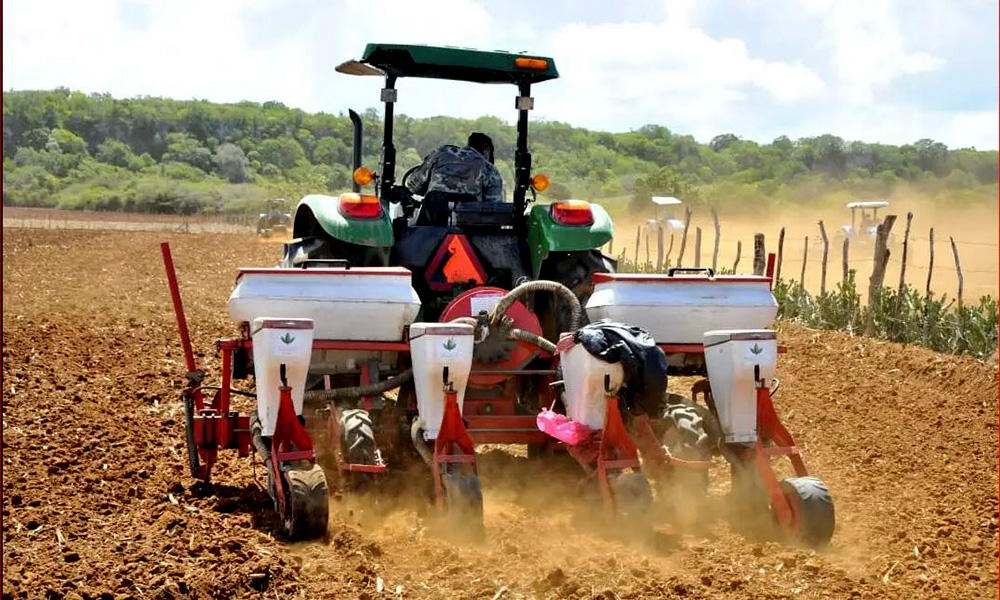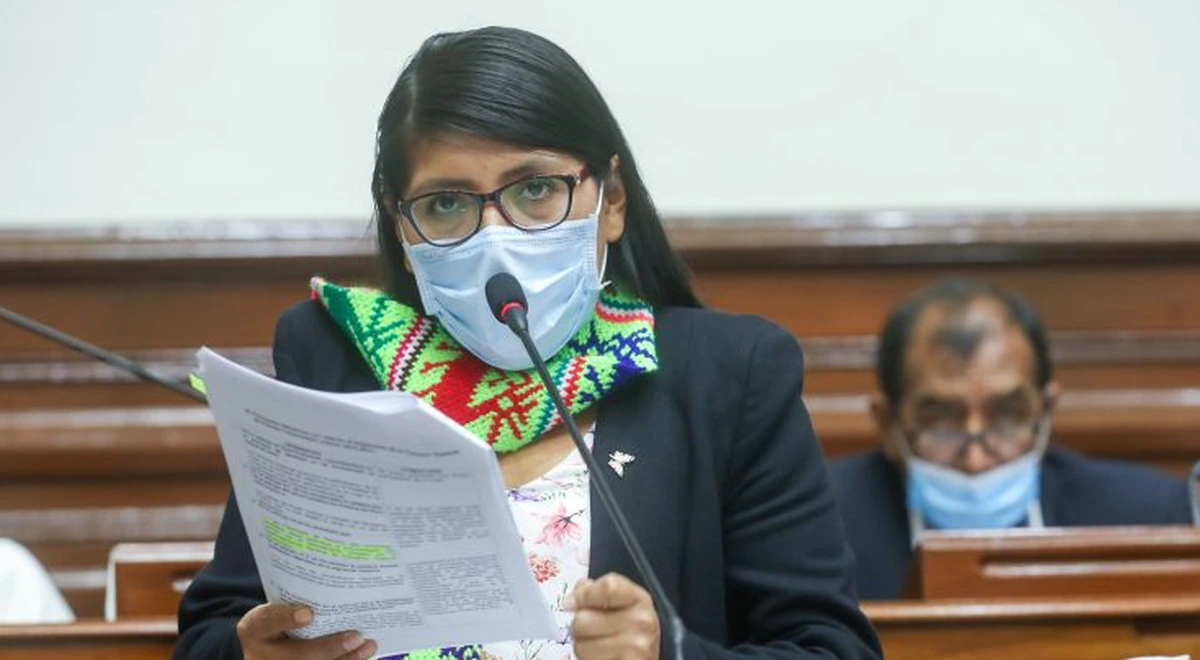The lack of up-to-date statistics on Dominican agriculture prevents the situation of this sector, which is so important for the national economy, from being widely seen.
For years they have been waiting for an agricultural census that as the years go by also seems to move away. Even data that appears to be simple arithmetic has significant lags.
For example, when accessing the portal of the Ministry of Agriculture to find out the consolidated sowing by crops by month and year, the closest figures refer to the year 2019.
It means that if you start from that data to make any decision or make investments, you run the risk of “sowing” on less solid foundations. In more than two years the situation of a country can change completely. And that is precisely the case.
When these figures from the Ministry of Agriculture were summed up, the world had not yet received the covid-19 pandemic, the price of a barrel of oil was not what it is today, and Russia and Ukraine were not suspected of being involved in a serious war conflict.
According to official figures from almost three years ago, between 2012 and 2019 the country managed to incorporate 498,435 more tasks to the planting of various items. In December 2012, the Dominican Republic had five million 484,455 tasks planted with different items and in December 2019 it had five million 983,390 tasks.
The most recent time that the country had come close to a halt was in 2015, when the National Statistics Office (ONE) presented the results of the National Agricultural Pre-Census, carried out with an investment of RD$113.3 million.
Of the resources, the European Union contributed a part, the Food and Agriculture Organization of the United Nations (FAO) another, the Ministry of Agriculture also had money and the ONE did the same.
Eight million dollars that the country did not have were missing for the final census,” as reported several times by the then Minister of Economy Temístocles Montás, when asked about the issue.
Since the last agricultural census that was carried out in the Dominican Republic, 41 years have passed. It was done in 1981, while the agrarian reform process had been carried out in the 70s.
With this survey, accurate data could be offered, similar to what happened in 1935, when in the Dominican Republic there were 6,724,900 palm trees, 142,822 star apple bushes, 3.6 million yerba guinea crops, one million 103,204 banana crops, 926,289 coffee crops. and one million 20,851 cocoa tasks. There were also by then 265,881 horses, 852,973 pigs, 913,128 cattle, and 2.6 million birds (including chickens, ducks, and ducks). There were 308,742 hives and 137,268 donkeys. The number of inhabitants of the Dominican territory was then one million 479,417.
The time that has elapsed since 1981 is enough for different situations to have occurred here, such as tornadoes, cyclones and other natural phenomena, as well as for pests to arrive that have affected production. There are even technologies available that in 1981 you had no idea about. In short, the reality is different from those events. It is required, for example, to have details on infrastructures, communication routes, agricultural activities in the provinces and in the municipalities and other points of value.
The lack of up-to-date data and statistics on the agricultural sector is a limitation for promoting sectoral and segmented development programs within the food sector. This has been warned by different agencies with a presence on Dominican soil, including the United Nations Food and Agriculture Organization (FAO).
When you have fresh statistics, it is possible to plan the volumes of production that the country needs, something like balancing supply and demand. Additionally, it prevents production from going out all at once, depressing prices and decapitalizing producers; it is possible to avoid market shortages and price increases; harming the most vulnerable population and putting their food security at risk.”
It is vital to know exactly the number of producers that exist in the national territory -with their areas- and the productive potential, and to have them georeferenced, taking advantage of information technology to promote precision agriculture.
There are no data on corn close to the crisis
The local and international market demand more and more food products. The Dominican Republic has the potential to produce them, taking into account its climate and the quality of its land. But simply, either these items are not grown in commercial quantities in the country or there are simply no accurate numbers about them. The list is extensive. There are, for example, the lulo, the pitahaya, corn, tamarind, roller, the golden apple, the sweet potato, and the yautia.
In the case of pitahaya, on February 18, 2018, the last government announced that it was willing to finance the production of this fruit in Vicente Noble, Barahona, with an investment that -in a first stage- would reach 15 million 300 thousand pesos. The project aimed to encourage the cultivation of 500 tasks of pitahaya. In the country, other small growers -in a scattered way- have been interested in planting pitahaya.
There is also no firm information on this. Of corn, for example, in 2019, according to information posted on the official website of the Ministry of Agriculture, 418,098 acres were planted. But there are no more approximate data on the crises, both for covid and for raw materials.








